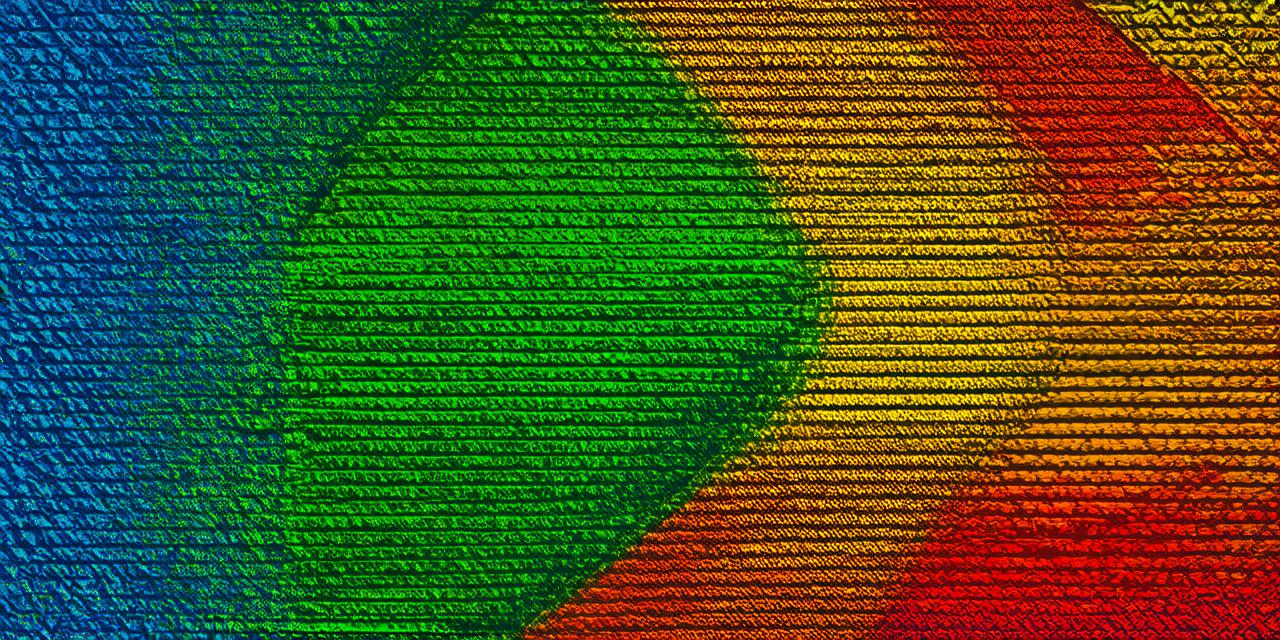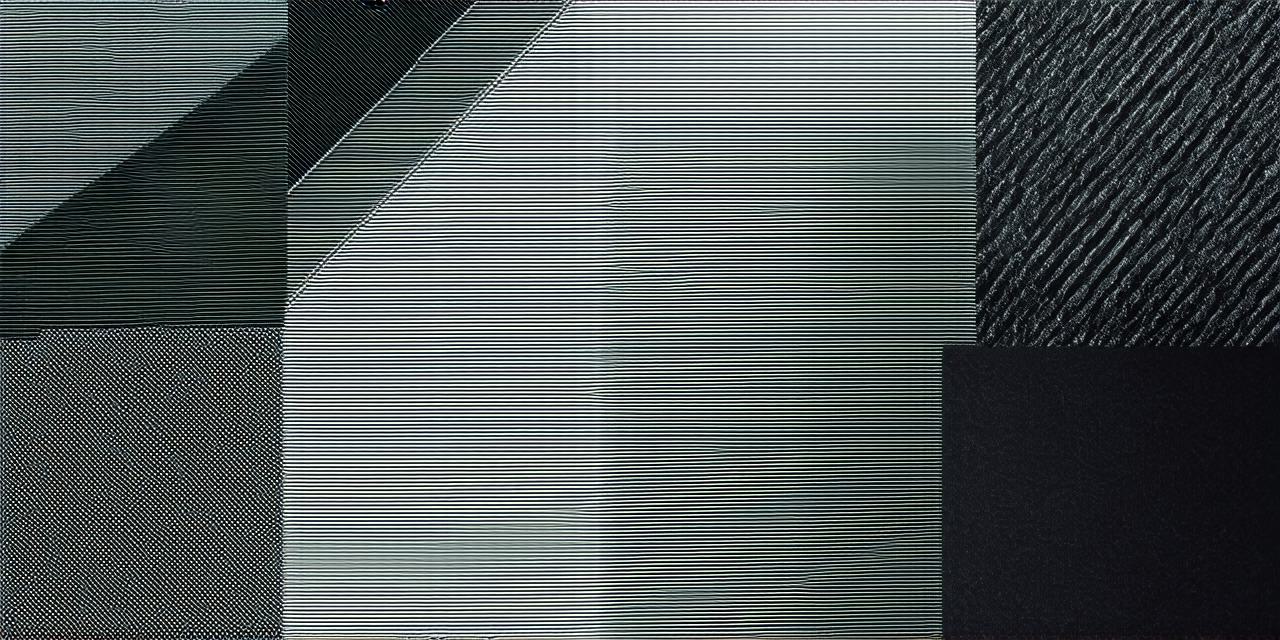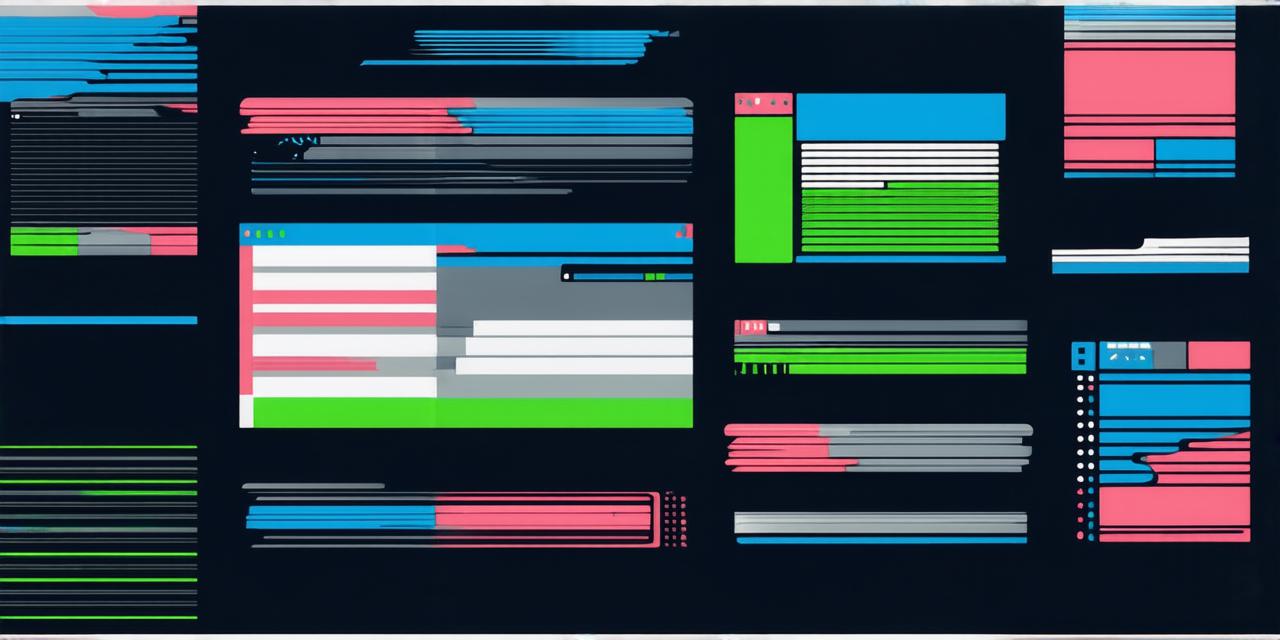
Design is an essential aspect of any website. It not only makes your website visually appealing but also helps in conveying the right message about your brand. However, creating an eye-catching design is not an easy task. It requires a deep understanding of user behavior, a keen eye for aesthetics, and knowledge of best practices. In this article, we will guide you through the process of creating an engaging and visually appealing website design that resonates with your target audience.
1. Understand Your Target Audience
Before starting the design process, it is crucial to understand your target audience. You need to know their preferences, behavior, and pain points. This will help you create a design that speaks to them and addresses their needs. For example, if your target audience consists of millennials, you need to consider using bold colors, animations, and simple typography. On the other hand, if your target audience is professional, you need to stick to a more classic and minimalist design.
2. Define Your Brand Identity
Your brand identity plays a vital role in creating an eye-catching website design. It includes your logo, color palette, typography, and imagery. Defining your brand identity will help you create a cohesive and consistent design throughout your website. For example, if your brand is known for its eco-friendliness, you can incorporate natural elements such as leaves and trees into your design to emphasize this aspect of your brand.
3. Create a Wireframe and Prototype
Before diving into the design process, it’s essential to create a wireframe and prototype. This will help you visualize how your website will look and function. A wireframe is a basic layout that outlines the structure and content of your website. A prototype is an interactive version of your wireframe that allows you to test the functionality and usability of your design. Creating a wireframe and prototype will help you identify any issues early on, saving you time and effort in the long run.
4. Choose the Right Color Palette
Color is an essential element of website design. It can evoke emotions, convey a message, and draw attention to specific elements. When choosing a color palette, it’s crucial to consider the psychological impact of colors. For example, red is associated with urgency and excitement, while blue is associated with trust and professionalism. Additionally, it’s important to choose colors that complement each other and create harmony in your design.
5. Use Typography Effectively
Typography is another crucial element of website design. It can help you convey tone, create hierarchy, and guide the user’s attention. When choosing typography, it’s essential to consider legibility, readability, and aesthetics. Additionally, using a combination of fonts can create a more dynamic and visually appealing design. For example, using a serif font for headings and a sans-serif font for body text can create a clean and modern look.
6. Use White Space Effectively
White space is often overlooked but plays a vital role in website design. It helps to create a sense of balance and hierarchy, guide the user’s attention, and improve readability. When using white space effectively, it’s essential to consider the placement of elements, the size of elements, and the overall layout. For example, using ample white space around headings can make them stand out and draw attention.
7. Use Visual Elements Effectively
Visual elements such as images, videos, and animations can add depth and interest to your website design. However, it’s essential to use visual elements effectively to avoid overwhelming the user or distracting from the main message. When using visual elements, it’s important to consider their relevance, size, and placement. Additionally, using high-quality images and videos can create a more professional and engaging design.
8. Optimize for Mobile Devices
With the increasing use of mobile devices, optimizing your website for mobile devices is essential. A mobile-optimized website ensures that the user experience is seamless across all devices, improving conversion rates and user satisfaction. When optimizing for mobile devices, it’s important to consider the layout, font size, and functionality. Additionally, using responsive design can ensure that your website adapts to any screen size.
Summary
Creating an eye-catching website design requires a deep understanding of user behavior, best practices, and aesthetics. By following these guidelines, you can create a design that resonates with your target audience and conveys the right message about your brand. Remember to keep testing and iterating on your design to ensure that it remains relevant and effective over time.



